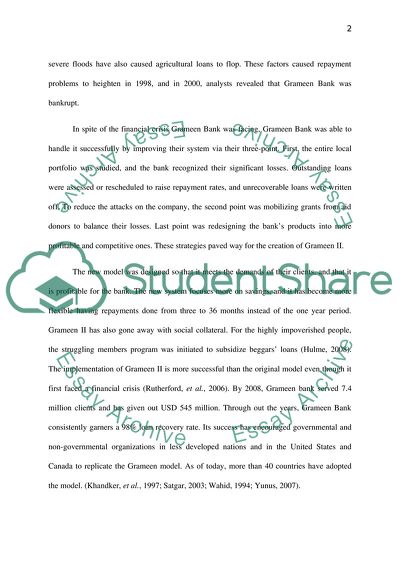Cite this document
(Bank's Steps towards Poorest Bangladeshis Literature review, n.d.)
Bank's Steps towards Poorest Bangladeshis Literature review. Retrieved from https://studentshare.org/finance-accounting/1737461-managing-customer-relationships
Bank's Steps towards Poorest Bangladeshis Literature review. Retrieved from https://studentshare.org/finance-accounting/1737461-managing-customer-relationships
(Bank'S Steps towards Poorest Bangladeshis Literature Review)
Bank'S Steps towards Poorest Bangladeshis Literature Review. https://studentshare.org/finance-accounting/1737461-managing-customer-relationships.
Bank'S Steps towards Poorest Bangladeshis Literature Review. https://studentshare.org/finance-accounting/1737461-managing-customer-relationships.
“Bank'S Steps towards Poorest Bangladeshis Literature Review”, n.d. https://studentshare.org/finance-accounting/1737461-managing-customer-relationships.


